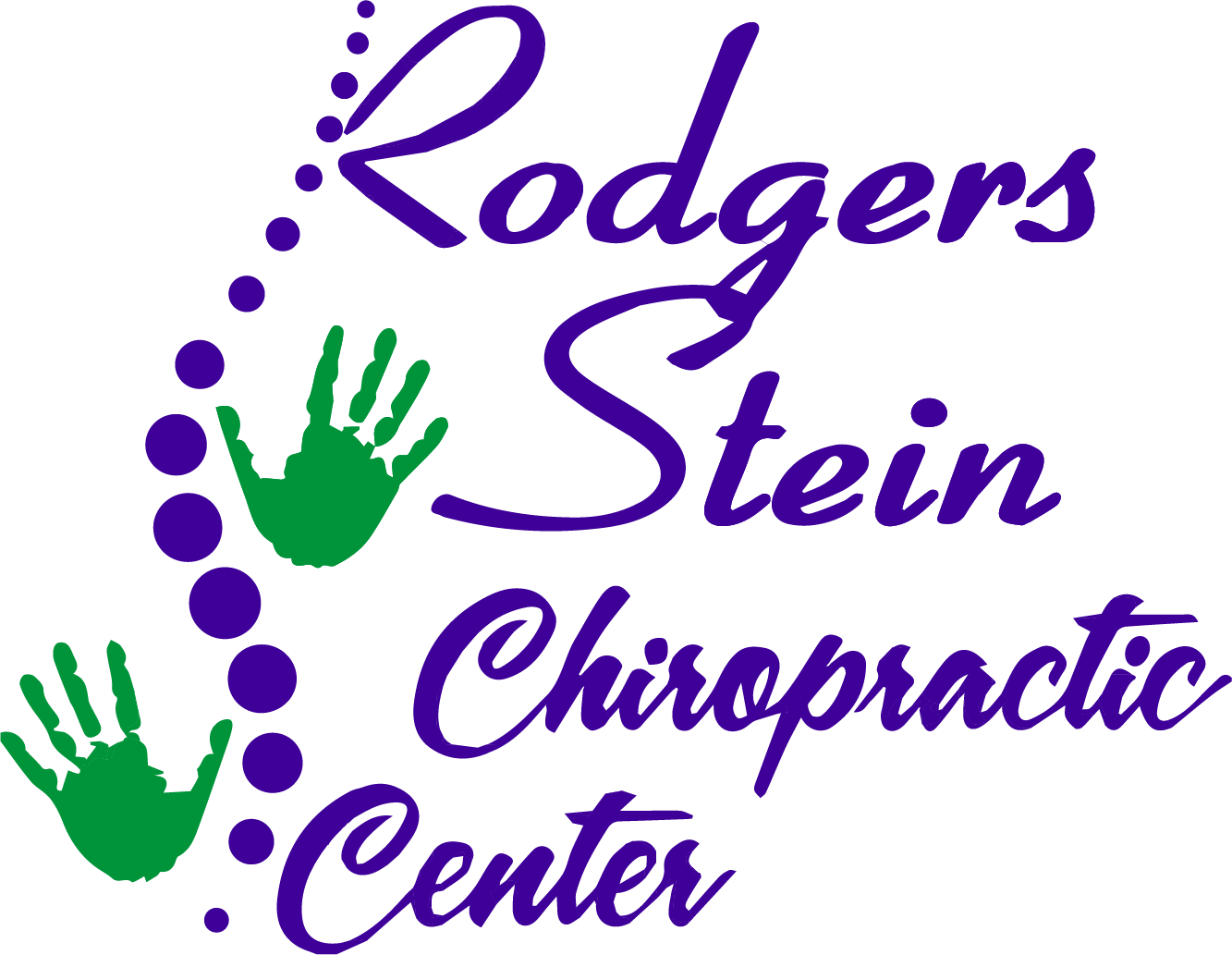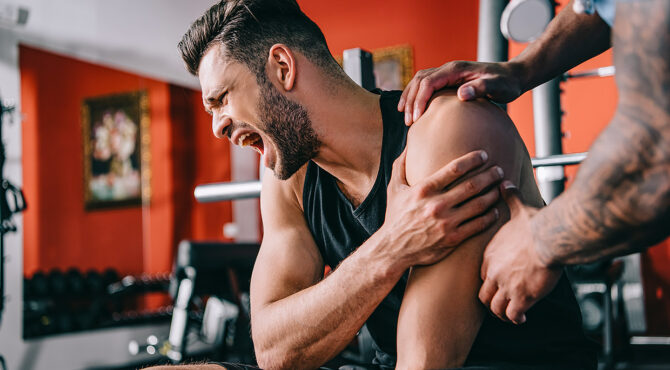Are you aware of how flexibility can greatly impact your daily life and overall well-being? It's not just about achieving the perfect yoga pose; flexibility plays an essential role in preventing injuries and enhancing physical performance. By taking our quiz, you'll assess your current flexibility level and pinpoint specific areas where you can improve. The insights you gain could change your approach to stretching—and that's just the beginning. What specific strategies can you implement to boost your flexibility? Let's explore this together.
Understanding Flexibility Benefits
Flexibility isn't just about being able to touch your toes; it's a cornerstone of overall health and fitness. When you think about flexibility, you might picture gymnasts or dancers, but the benefits extend far beyond those domains. Improved flexibility can enhance your daily life, making everyday activities easier and reducing the likelihood of injuries.
You'll find that simple tasks, like bending down to pick something up or reaching for an item on a high shelf, become much more manageable. Incorporating flexibility into your routine promotes better posture and alignment. When your muscles and joints are flexible, they work more efficiently, allowing you to maintain a balanced body.
This balance can alleviate strain on your muscles and joints, reducing the risk of pain and discomfort in the long run. Plus, with increased flexibility, you'll notice improved athletic performance. Whether you're running, cycling, or playing sports, a flexible body can enhance your power, speed, and overall endurance.
Moreover, flexibility can positively impact your mental health. The practice of stretching and focusing on your body can be a form of mindfulness, helping to reduce stress and anxiety. This mental clarity can boost your mood and improve your overall sense of well-being.
Importance of Stretching
Stretching plays an essential role in enhancing your overall flexibility and mobility. It's not just something you do before a workout; it's a crucial practice that can improve your daily life. By incorporating regular stretching into your routine, you'll notice a significant increase in your range of motion, which can make everyday activities much easier.
Whether it's reaching for something on a high shelf or bending down to tie your shoes, flexibility makes these tasks simpler and more comfortable.
Additionally, stretching helps prevent injuries. When your muscles are flexible, they're less prone to strains and tears during physical activities. By preparing your muscles and joints through stretching, you enhance their resilience, which means you can engage in your favorite sports or exercises with confidence.
You'll also recover more quickly after workouts, reducing soreness and stiffness.
Don't forget about the mental benefits of stretching, too. Taking time to stretch can relieve stress and tension, both physically and mentally. It encourages mindfulness and can provide a moment of calm in your busy day, allowing you to reconnect with your body.
Lastly, stretching can improve circulation, delivering more oxygen and nutrients to your muscles. This boost can enhance your overall performance and energy.
Types of Flexibility
When it comes to flexibility, you'll encounter two main types: static and dynamic.
Each plays a crucial role in your overall fitness and can enhance your performance in various activities. Understanding these types and their benefits will help you make the most of your flexibility training.
Static vs. Dynamic Flexibility
Understanding the difference between static and dynamic flexibility can greatly enhance your training routine.
Static flexibility refers to your ability to hold a stretch in a fixed position. Think of it as the flexibility you demonstrate when you sit and reach for your toes or hold a quad stretch. This type of flexibility is vital for improving muscle length and joint range of motion, but it's generally best practiced when your muscles are warm.
On the other hand, dynamic flexibility involves moving parts of your body through a range of motion. It's all about how well you can perform movements while staying flexible. Examples include leg swings or arm circles, which are fundamental for activities that require agility and coordination.
Incorporating both types of flexibility into your routine can yield better results.
While static flexibility helps you cool down and recover, dynamic flexibility prepares your body for upcoming physical activities. You'll benefit from improved performance, reduced injury risk, and enhanced overall movement quality.
Benefits of Flexibility Training
Flexibility training offers a range of benefits that can greatly improve your physical performance and overall well-being.
First and foremost, increased flexibility enhances your range of motion, making daily activities and workouts easier and more efficient. You'll find that movements become smoother, reducing the risk of injury during exercise or even simple tasks.
Moreover, flexibility training can alleviate muscle tension and stiffness, promoting better posture. When your muscles are more flexible, you'll experience less discomfort from prolonged sitting or repetitive motions. This can lead to improved energy levels throughout your day.
Additionally, engaging in flexibility exercises can considerably enhance your athletic performance. Whether you're running, dancing, or participating in team sports, greater flexibility can contribute to your speed, agility, and endurance. You might also notice quicker recovery times post-exercise, allowing you to bounce back and stay consistent with your training.
Lastly, flexibility training can provide mental benefits, too. It encourages mindfulness and relaxation, helping to reduce stress and anxiety.
Quiz Overview
Before diving into the details of your flexibility journey, it's helpful to take a quiz that evaluates your current level and identifies areas for improvement. This quiz is designed to be straightforward and user-friendly, enabling you to gauge your flexibility without any guesswork.
By answering a series of targeted questions, you'll gain insights into your flexibility capabilities and pinpoint specific areas that may need more attention. The quiz covers various aspects of flexibility, including your ability to perform basic stretches, your range of motion in different joints, and how often you engage in flexibility training.
You'll also consider factors like your age, activity level, and any previous injuries that may influence your flexibility. Each question is crafted to give you a clear picture of where you stand today.
Once you complete the quiz, you'll receive a score that reflects your current flexibility level. This score acts as a baseline, helping you track your progress as you begin your flexibility training. Knowing your starting point allows you to set realistic goals and tailor your training routine to meet your needs.
Taking this quiz isn't just about evaluating your flexibility; it's an essential first step toward enhancing your overall physical performance and well-being. You'll be better equipped to make informed decisions on how to improve your flexibility, ensuring you get the most out of your training efforts.
What to Expect
After completing the quiz, you'll have a clearer idea of where you currently stand regarding flexibility. The questions are designed to assess your range of motion, current physical activities, and any previous injuries that might affect your flexibility.
You'll gain insights into your strengths and weaknesses, helping you identify which areas need more attention. You can expect immediate feedback based on your responses. The quiz will categorize your flexibility level into different tiers, such as beginner, intermediate, or advanced.
This classification can guide you in determining your current fitness level, which is fundamental for setting realistic goals. Additionally, the quiz will highlight specific muscle groups or joints where you might be more restricted.
This knowledge is significant, as it can help you focus on those areas during your flexibility training. You'll also learn about the potential benefits of improving your flexibility, such as enhanced athletic performance, reduced risk of injury, and better overall mobility.
Moreover, the quiz will take only a few minutes of your time, making it a quick yet valuable tool. After you've completed it, you'll feel more empowered to take the next steps towards enhancing your flexibility.
Tips for Improvement
Improving your flexibility can be a rewarding journey, and incorporating a few key strategies into your routine can make a significant difference.
First, prioritize consistent stretching. Set aside time each day to focus on both static and dynamic stretches. Static stretches, held for 15-30 seconds, work best after your muscles are warmed up. Dynamic stretches, on the other hand, help prepare your body for movement and should be included in your warm-up.
Next, consider adding yoga or Pilates to your weekly routine. These practices not only increase flexibility but also enhance strength, balance, and body awareness. You don't have to become an expert overnight; even a few classes can yield noticeable improvements.
Another effective strategy is to listen to your body. Pay attention to your limits and avoid pushing too hard, as this can lead to injury. Gradually increase the intensity and duration of your stretches to avoid strain.
Incorporating foam rolling or self-myofascial release can also enhance your flexibility. These techniques help release tension in your muscles and fascia, allowing for greater mobility.
Lastly, stay hydrated and maintain a balanced diet rich in nutrients. Proper hydration and nutrition support muscle recovery, making it easier to improve your flexibility over time.
Next Steps After the Quiz
Now that you've completed the quiz, it's time to create a personalized stretching routine that fits your needs.
Tracking your progress will help you stay motivated and see improvements over time.
Let's explore how to set up these essential next steps!
Personalized Stretching Routines
Creating personalized stretching routines is crucial for maximizing your flexibility gains. After taking the quiz, you've likely identified your specific needs, strengths, and areas for improvement. Now, it's time to tailor your stretching routine accordingly.
Start by selecting stretches that directly target your tight areas. If you struggle with hip flexibility, include hip openers like the pigeon pose or butterfly stretch. For tight hamstrings, consider forward bends or seated stretches.
Don't forget to balance your routine; if you stretch one muscle group, make sure you also stretch its opposing group to maintain harmony.
Incorporate a variety of stretches—dynamic stretches before your workouts to warm up and static stretches afterward to cool down. Aim for consistency: practice your routine at least three times a week. You can also adjust the duration and intensity based on your progress.
Listen to your body; if a stretch feels too intense or painful, modify it or reduce the range of motion.
Progress Tracking Tips
Tracking your progress is an essential part of your flexibility journey. After taking the quiz, you should set clear, measurable goals based on your results. For instance, if you identified tight hamstrings, aim to increase your stretch duration or reach a specific position over the coming weeks.
Use a journal or an app to log your daily stretching sessions. Note the exercises, duration, and any changes in your range of motion. This not only keeps you accountable but also helps you see how far you've come.
Regularly revisit your goals and adjust them as needed. If you notice improvements faster than expected, raise the bar! Conversely, if you're struggling, it might be time to modify your routine or seek guidance.
Consider taking progress photos or recording video clips of your stretches. Visual documentation can provide motivation and highlight improvements that you mightn't notice day-to-day.
Finally, celebrate your achievements, no matter how small. Recognizing your progress keeps you motivated and focused on your flexibility journey.
Conclusion
By taking our flexibility quiz, you're taking an essential step towards enhancing your well-being. You'll gain insights into your current flexibility level and discover areas for improvement. Remember, consistency is key—so commit to your personalized stretching routine and track your progress. Celebrate every achievement, no matter how small, as you commence this journey to greater flexibility and overall health. Start today, and access the benefits that come with improved flexibility!



